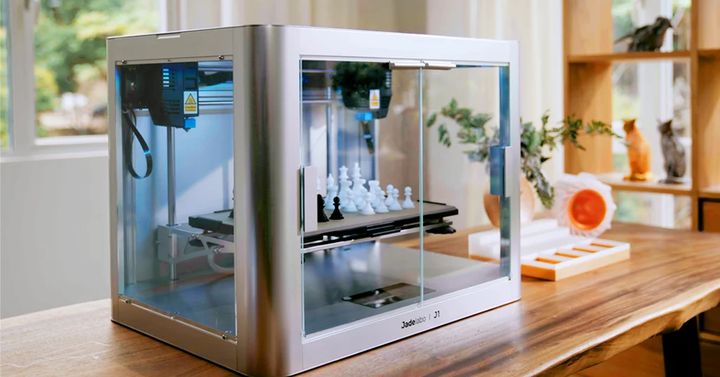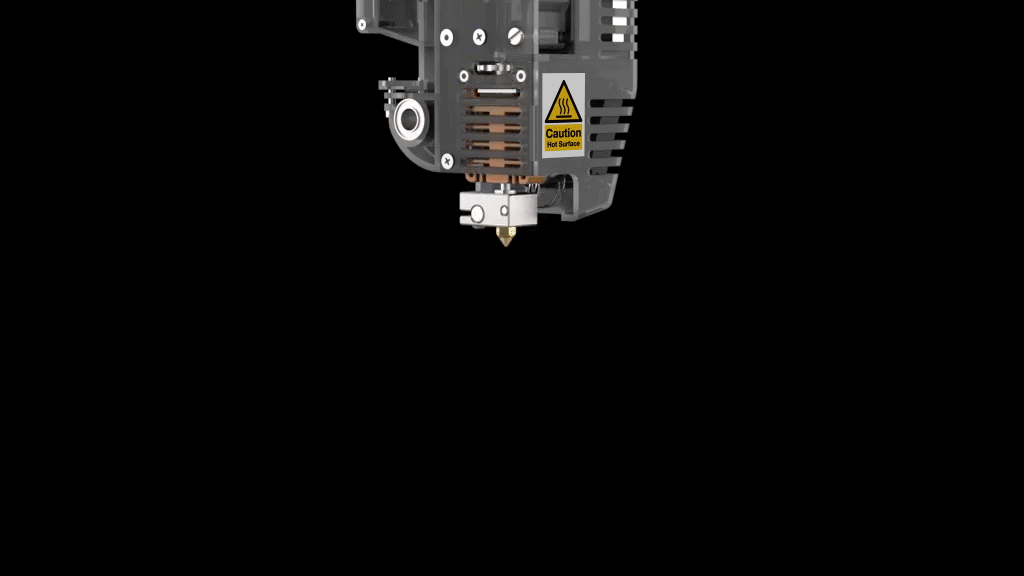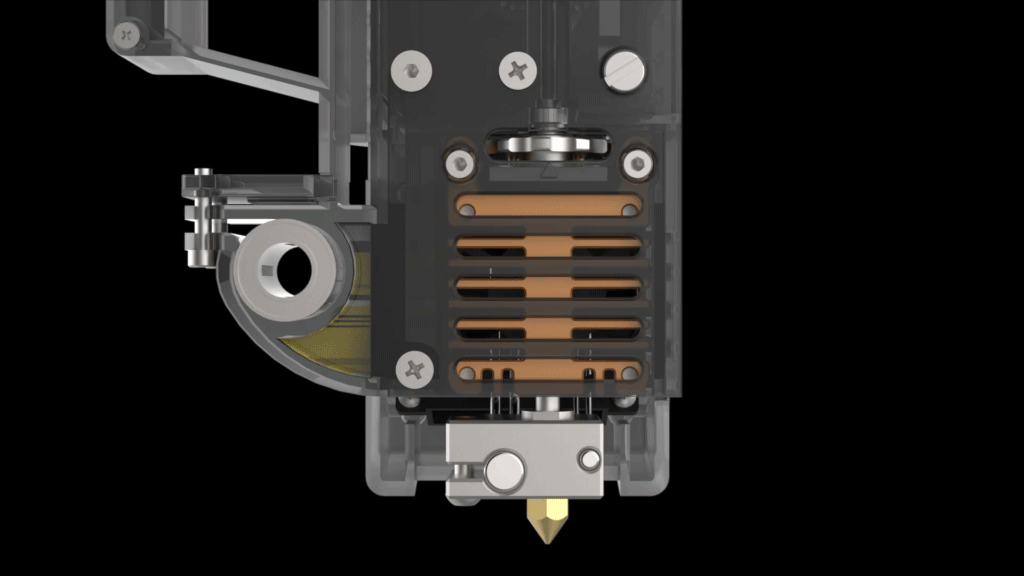
A new IDEX 3D printer has been released on Kickstarter, the J1 from Jadelabo.
I know what you’re thinking — “Another worthless Kickstarter 3D printer, what’s the big deal?” Well, I admit I thought the same initially, but as I read through Jadelabo’s material, I came to realize this machine has a basketful of unusual features well beyond the headline “IDEX” feature.
IDEX 3D Printing
“IDEX” means “independent extruders”, and is a means of dual extrusion — except that the two toolheads can move independently and simultaneously. It allows several modes of printing, including:
- Duplication mode, where two copies of the same object are printed
- Mirror mode, where one object is printed with left / right versions
- Support mode, where one extruder holds soluble support material for complex geometry 3D prints
- Multi-material mode, where the second extruder holds a different color or even different material
Jadelabo has added a new mode that I haven’t yet seen on other IDEX 3D printers: Backup mode. They explain:
“When printing in single mode, you can set J1 into backup mode. If the print head at work gets clogged or its filament runs out, J1 would stop it and start the other print head to resume the print automatically. More modes are being tested internally and will be introduced when they are ready.”
That’s a reliability feature I’d like to see on every IDEX 3D printer.
Jadelabo J1 Features
Aside from the IDEX feature, the fully assembled and enclosed J1 includes a number of standard features you’d expect on a desktop 3D printer, but those that caught my eye include:

Custom designed direct-drive extruder, featuring dual drive for reliable filament feeding
Quick swap hot ends, which drop out of the toolhead and can be rapidly replaced with alternates with different nozzle sizes. The nozzles can hit up to 300C, making them ideal for a wide variety of engineering materials.

A highly unusual z-gap adjustment procedure that involves twirling a knob on the top of the toolhead to raise and lower the hot end! I’ve never seen this approach attempted previously, and it seems to make a great deal of sense.
Glass build plate with PEI surface. This was perhaps the strangest feature, as glass plates are typically used “clean”, where you can apply different treatments to adhere different materials. PEI works best with the most common materials, but the glass plate is not flexible and thus you will have to scrape prints off it, potentially damaging the PEI surface. Typically PEI surfaces are used on flexible spring steel plates that allow for each print removal. I’m not sure how this works on the J1.
High-end electronics, including a 32-bit controller board and 5” full color touchscreen.
Generous build volume of up to 320 x 210 x 200 mm, with smaller build volumes depending on the IDEX print mode.
The fully enclosed build chamber should be able to capture a good amount of stray heat from the print surface, which can heat up to 110C.
There are plenty more highly useful features, such as power-loss handling, filament runout detection, and even filament tangle detection. Please check their specifications for full details.
J1 Pricing and Availability
While the J1’s features appear good, they must be always judged against the price you have to pay for them. In this case Jadelabo comes out in a good position.
The retail price of the J1 is said to be US$1,299, which is quite good for an IDEX system with advanced features. However, during their launch the price has been as low as an incredible US$659. That early price is now no longer available, but the pricing remains good.
But is this a project you should support? It is a Kickstarter project, after all, and we know the many stories of catastrophic outcomes from other 3D printing projects in the past.
We prepared a crowdfunding checklist to help buyers evaluate a given Kickstarter project to see if there are red flags.
In the case of Jadelabo, they are indeed a very new company, having launched only in 2020. There is very little information available about the Los Angeles-based company. One item of particular concern is the manufacturing capabilities of the Jadelabo team, an aspect that has caused many a Kickstarter project to fail.
Regarding their manufacturing experience, they do say this:
“We’re a group of makers who got tired of low-end 3D printers and poor customer support. We’re also 3D printer creators have led the product design, engineering, and mass production for two high-quality 3D printers for four years in our previous jobs. Starting Jadelabo team, we want to bring high quality and innovative maker tools to people who like to create and amaze us with their ideas and creations.”
It turns out the team originated with Snapmaker, a company that’s previously had success at crowdfunding 3D printer launches, so my fears are somewhat rested.
That seems to be the attitude of Kickstarter backers, as their support has blown away Jadelabo’s original goal of US$100,000 many times over. There’s only a short time left to get in on the J1 launch, so get there quickly if you’re interested in a new and advanced desktop 3D printer.
Via Kickstarter and Jadelabo
